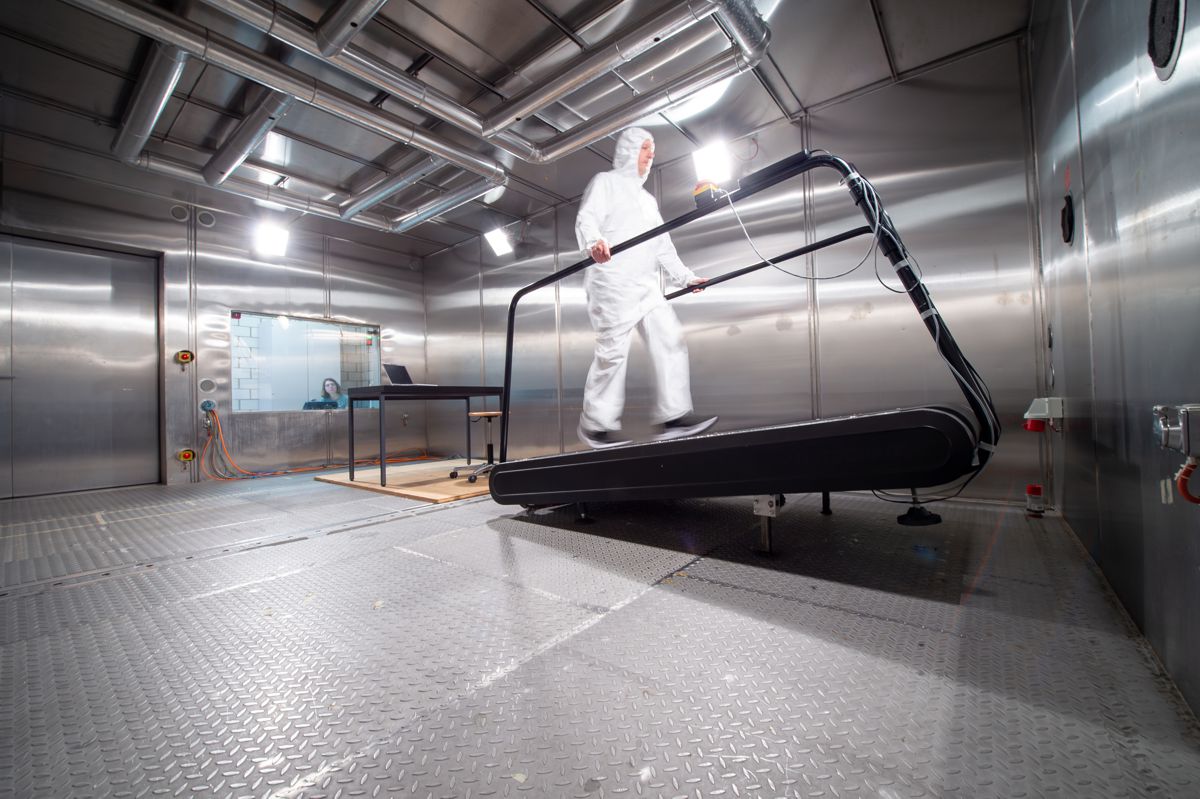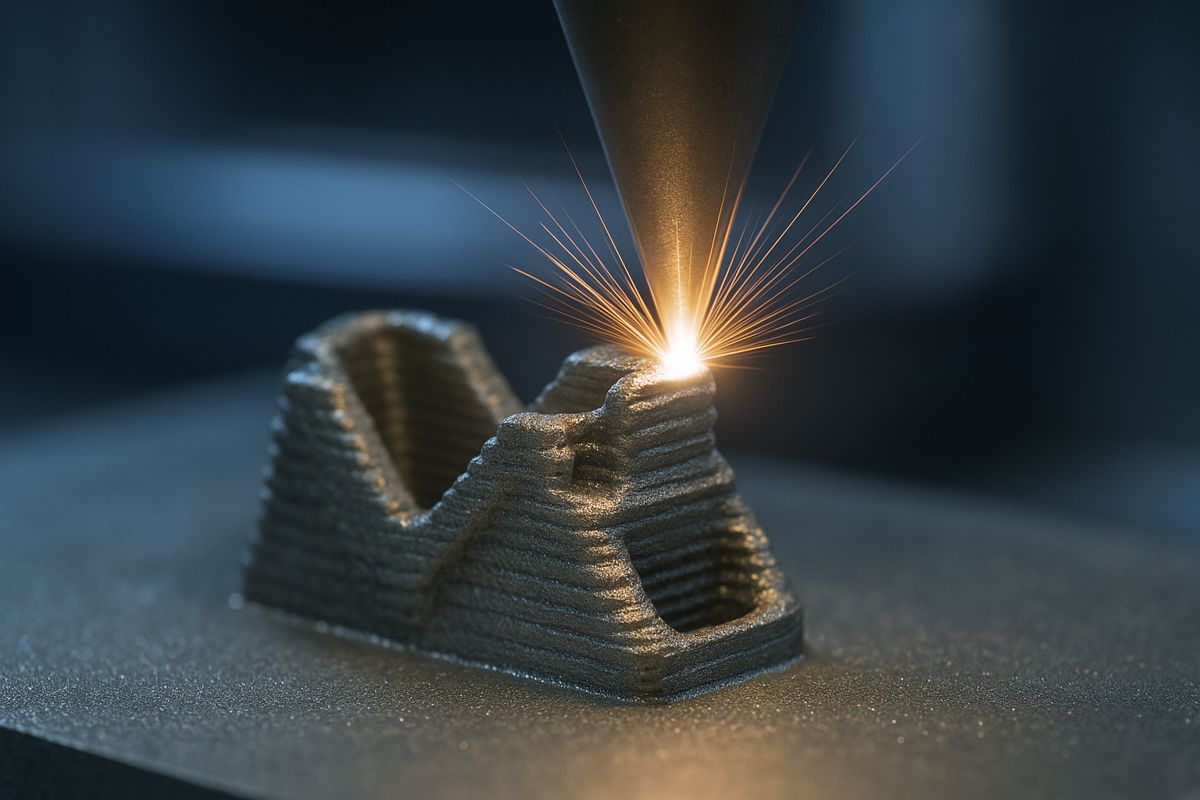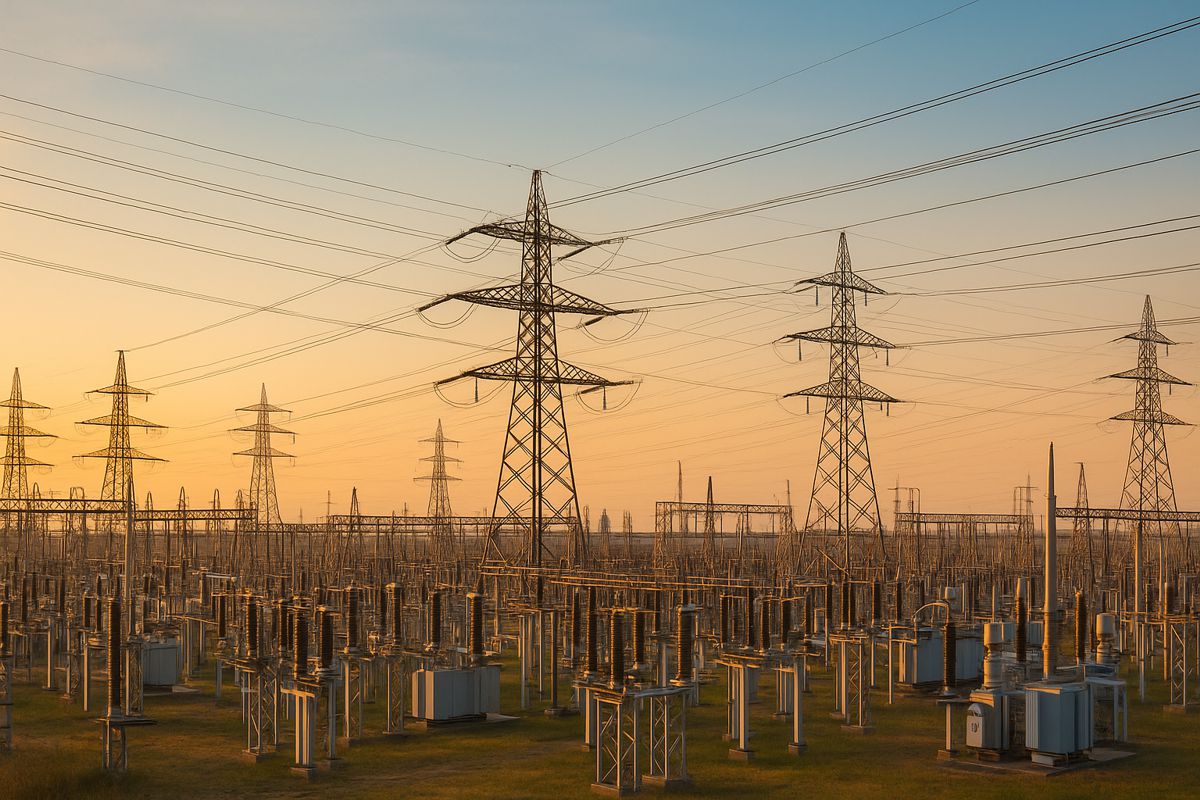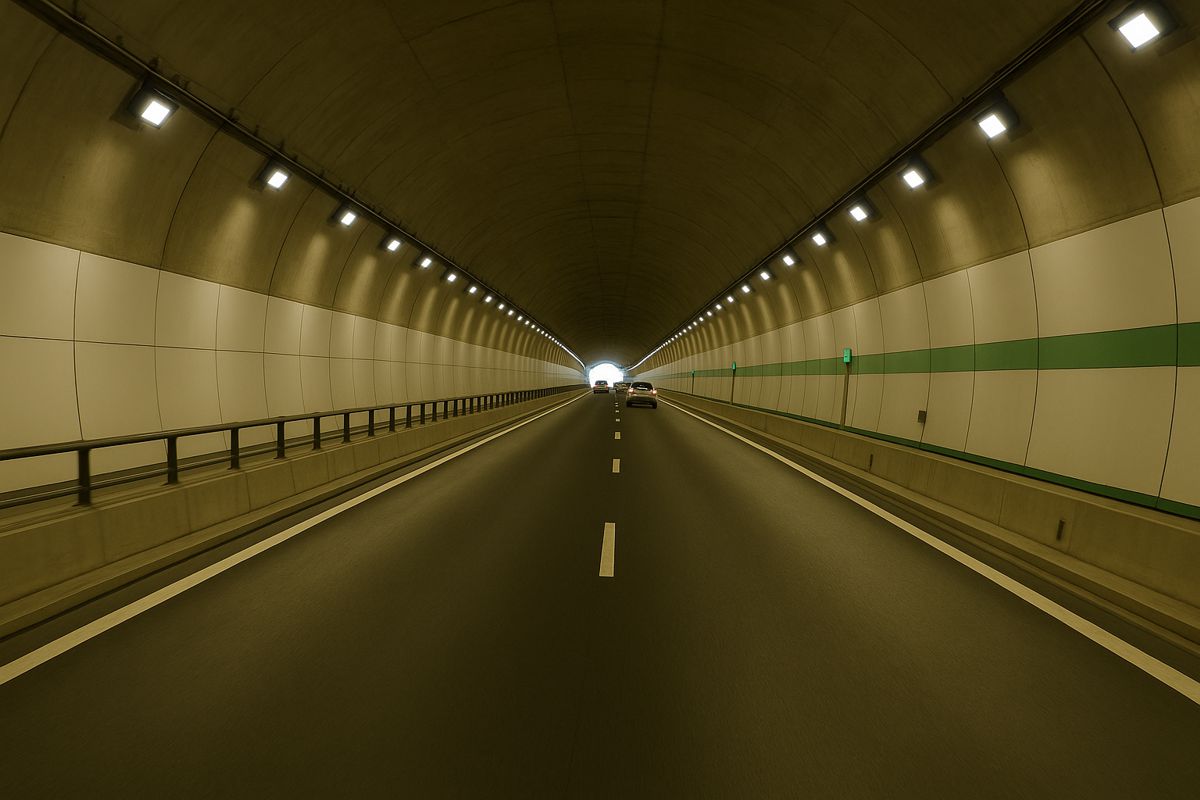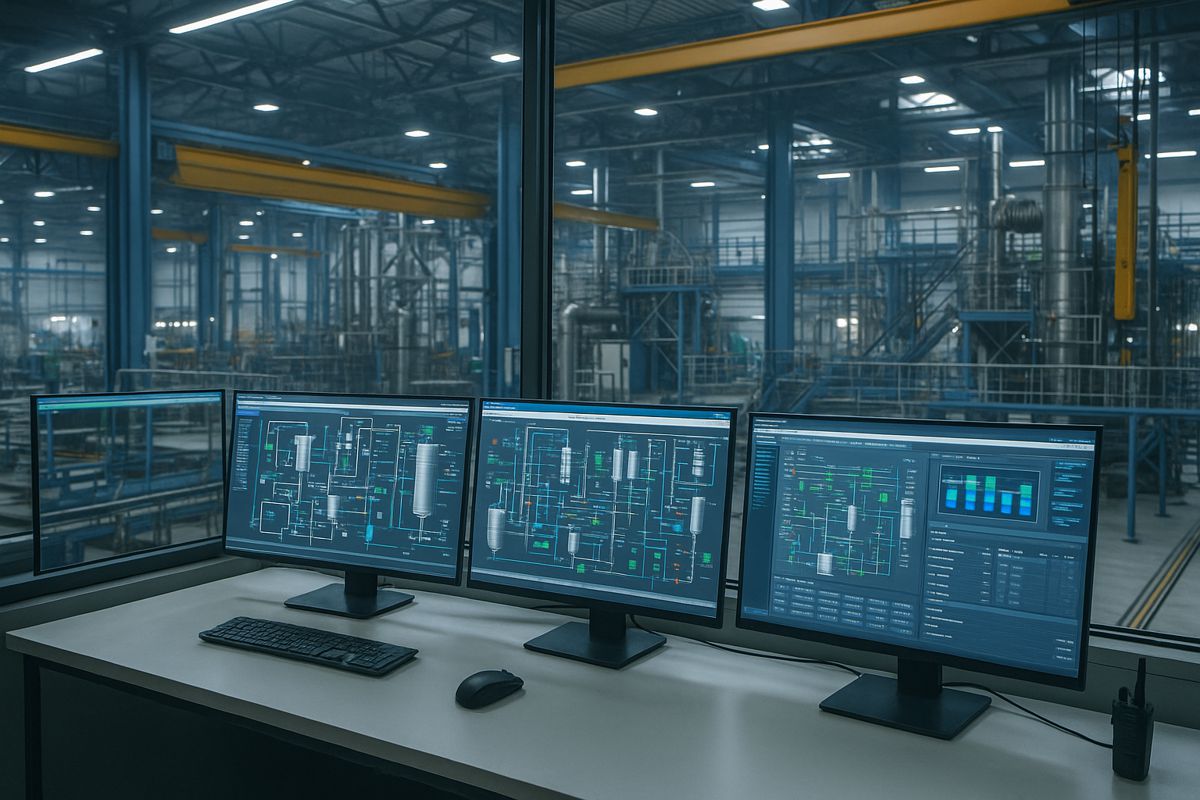Intelligent Optimisation Redefines Prestressed Steel Structure Design
As the demand for vast, open-span structures rises across global construction markets, engineers are increasingly turning to prestressed steel systems for their superior strength-to-weight ratios and design flexibility.
However, these structures present complex design challenges. Engineers must juggle numerous interrelated variables, from load distribution and tensioning to material efficiency, while ensuring structural safety and cost-effectiveness. Traditional optimisation methods, often centred on single-factor analysis, have struggled to capture the dynamic interplay between these factors, leading to high computational costs and lengthy design cycles.
In a breakthrough study titled Design Parameter Optimisation Method for a Prestressed Steel Structure Driven by Multi-Factor Coupling, researchers Guo-Liang Shi, Zhan-Sheng Liu, and their colleagues from Beijing University of Technology and the Beijing Building Construction Research Institute have proposed a new computational design framework that could dramatically transform this process.
A Multi-Factor Approach to Structural Efficiency
At the heart of their innovation lies a multi-factor coupling model designed to optimise both design parameters (DPs) and mechanical parameters (MPs). By integrating these through a sophisticated data-driven system, the researchers have created a more holistic approach to prestressed structure design.
The study introduces a numerical proxy model that links DPs, such as cross-sectional dimensions, tensioning forces, and material properties, with MPs, which capture the structure’s safety and performance characteristics. Using a back propagation (BP) neural network, the team mapped the intricate relationships between these parameters, effectively teaching the model how each design decision influences mechanical behaviour.
Once these relationships were established, the system identified the key DPs most critical to structural integrity. These were then linked to safety performance metrics through a mapping function, enabling targeted optimisation rather than broad generalisation.
Machine Learning Meets Genetic Algorithms
The researchers then combined their neural network with a genetic algorithm (GA), a computational method inspired by natural selection, to refine the optimisation process. The goal: achieve maximum material efficiency without compromising safety.
By setting structural safety as a constraint and material cost as the optimisation objective, the GA iteratively evolved towards the most efficient configuration. This process, often referred to as evolutionary computation, mirrors biological adaptation, gradually improving performance with each iteration. According to the study, this hybrid BP-GA model significantly outperforms traditional design workflows.
“Compared with conventional methods, our approach shortens the design cycle by more than 90% while reducing material consumption by over 20%,” noted the authors. “These results demonstrate how AI-driven optimisation can revolutionise large-span steel structure design.”
Validating the Model through Real-World Application
To verify their theoretical framework, the team applied the model to the design of an 80-metre-span gymnasium, a demanding test case representing real-world complexity. Both computer simulations and physical scale model tests confirmed the accuracy of their predictions.
The results showed excellent agreement between the modelled and experimental mechanical parameters, validating the accuracy of the BP neural network in predicting structural performance. Notably, the analysis revealed that the cross-sectional dimensions of radial cables significantly affect vertical displacement, while the initial tension and cross-sectional size of upper and lower radial cables exert the most influence on stress distribution.
Such detailed parameter sensitivity insights are invaluable in practical engineering. They allow designers to fine-tune critical elements early in the process, minimising costly design iterations and reducing the risk of structural inefficiency.
Reducing Cost and Environmental Impact
The efficiency gains from this model extend beyond engineering convenience. Material optimisation not only lowers project costs but also contributes to sustainability by reducing the embodied carbon associated with steel production.
In an era when the construction industry faces increasing scrutiny over its environmental footprint, data-driven design optimisation can deliver tangible sustainability benefits. By enabling precise material allocation and minimising waste, AI-assisted engineering aligns perfectly with the industry’s push towards greener infrastructure.
The Role of Artificial Intelligence in Modern Structural Design
This study underscores the growing role of artificial intelligence and machine learning in civil and structural engineering. AI allows engineers to model complex systems that would otherwise be computationally prohibitive using conventional techniques. Neural networks, in particular, excel at recognising non-linear relationships within vast datasets, precisely the kind of problem faced when designing prestressed structures.
Across the global construction sector, such approaches are gaining traction. From AI-driven predictive maintenance systems in bridges to generative design algorithms in skyscrapers, intelligent modelling tools are reshaping engineering workflows. By bridging simulation and empirical testing, they make it possible to explore thousands of design variations in a fraction of the time once required.
Towards a New Paradigm of Structural Intelligence
While AI and neural networks are increasingly common in architecture and manufacturing, their deep integration into structural engineering remains relatively nascent. This study exemplifies the tangible benefits of embracing such computational intelligence.
By shortening design cycles and minimising material use, engineers can accelerate project delivery and allocate resources more efficiently. The resulting designs are not only safer and more economical but also better aligned with sustainability goals.
As the construction sector continues to digitalise, approaches like the one pioneered by Shi and his team will likely become integral to large-scale infrastructure projects. From sports arenas and exhibition halls to bridges and transport hubs, AI-enhanced design tools can unlock new efficiencies across every phase of the build process.
Engineering the Future
This research marks a significant leap forward in the evolution of data-driven structural design. It demonstrates that artificial intelligence, when applied intelligently, can transcend the limits of conventional engineering methods, blending precision, efficiency, and sustainability.
The fusion of neural networks and genetic algorithms paves the way for a future where design optimisation becomes not just faster, but smarter, a future in which construction professionals can rely on intelligent systems to enhance creativity, ensure safety, and reduce environmental impact all at once.










